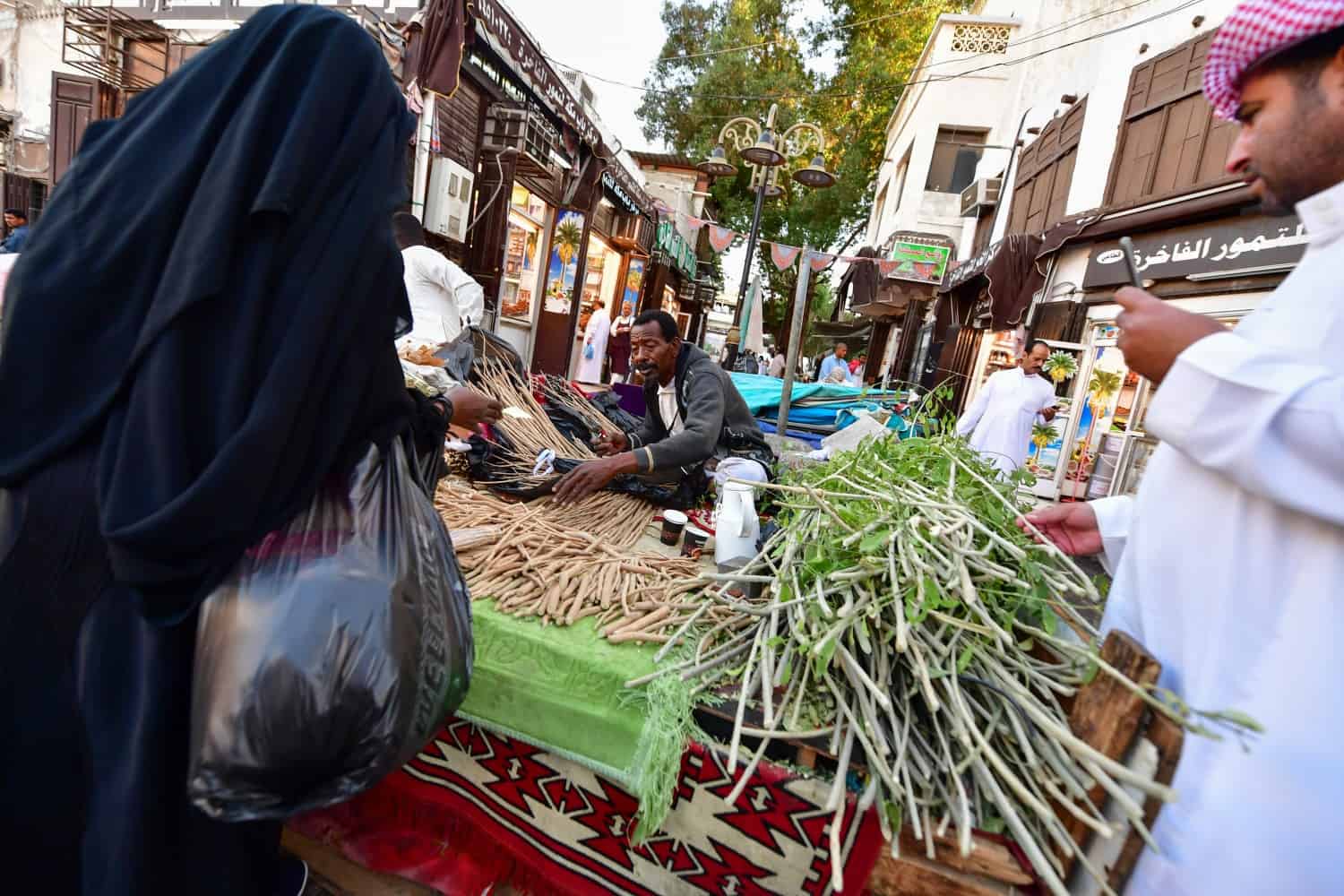Saudi Arabia may see a rise in inflation as global food and energy prices surge amid Russia’s invasion of Ukraine, according to analysts.
Inflation will continue to rise, exceeding 3 percent by year-end, Alexander Perjessy, Vice-President, Senior Analyst, Moody’s Investors Service, told TRENDS.
In addition to food, energy and other goods prices, rents have started to rise in year-over-year terms following five straight years of decline, he added.
The Kingdom’s annual inflation reached 2.3 percent in April 2022, up from 2 percent in March 2022, according to the latest data released by the General Authority for Statistics (GASTAT).
The consumer price index (CPI) surged 2 percent in April YoY, driven by a rise in food and beverages prices and transport costs. Food and beverages prices rose 4.3 percent due to a 3.5 percent and 13.5 percent rise in meat and vegetable prices, respectively. Transport prices climbed 4.6 percent on a 9.5 percent increase in gasoline prices.
In a recent report, Moody’s said the Russian-Ukrainian war is exacerbating already high and rising food and fuel prices, as sovereigns in the Middle East and Africa region still grapple with the deterioration in their credit metrics following the fallout from the pandemic.
Higher food and energy prices will fuel inflation and weigh on the balance of payments and government finances of net food and oil importers, exacerbating macroeconomic challenges and external and fiscal imbalances.
“Over the next 18 months, we expect higher social and political risks as a result of this global food and energy price shock, as was the case in 2008,” the report said.
Elsewhere, London-based Capital Economics said that food inflation is likely to strengthen further as global food prices remain elevated due to the war.
Inflation is likely to resume its rise as food inflation rises as the economic recovery in the non-oil sector gathers pace, the consultancy said, expecting the headline rate to peak at around 2.5 percent year-on-year in Q3 2022.
Fed rate hike
In early May, the US Federal Reserve increased interest rates – the largest single increase since 2000 – to combat soaring inflation.
Perjessy expects the impact to be relatively limited due to only moderate leverage and a mitigating impact of higher oil prices and investment spending growth in the broader public sector, including the Public Investment Fund (PIF) and Saudi Aramco, which is not interest-rate sensitive and centered around the government economic diversification agenda.
According to the 2022 official Saudi budget statement, public debt is estimated to remain at around SAR 938 billion by the 2022-end. Additionally, the National Debt Management Center said the country’s funding requirement for 2022 will mainly focus on debt refinancing, which amounts to approximately SAR 43 billion.
When asked on the impact of the Fed rate hike and rising inflation on Saudi debt plans, Perjessy said government interest payments are “very small”, less than 1 percent of GDP, and most of the borrowing is at long maturities, hence will take time to reprice if refinanced.
In any case, significantly higher than budgeted oil prices would more than compensate for any (if only minor) impact of rising global borrowing costs, he stated.
Moody’s analyst predicted that the government will run a large fiscal surplus of more than 5 percent of GDP in 2022 and the key challenge will be what to do with the surplus.
“Some of it will be used to accumulate fiscal buffers, which are the government’s deposits at the central bank and some of it will be transferred to the PIF. But it could also be used to retire debt if the surplus is sufficiently large,” he said.
Asad Ahmed, Managing Director and Head of Middle East financial services at Alvarez & Marsal, told TRENDS that they do not expect any significant additional challenges as the rate hikes were expected.
“The recent interest rate increase in the Kingdom mirrors the increase in the US dollar rates, given the linkages of the Gulf currencies to the dollar,” he added.
Fitch’s outlook revision makes Saudi Arabia one of the few countries globally, and the only G20 country, to have received two consecutive upward outlook revisions from early 2022.
“This highlights the positive impact of the structural measures and reforms taken by the Kingdom during the past five years, in accordance with the goals and objectives of Vision 2030,” Ahmed concluded.








